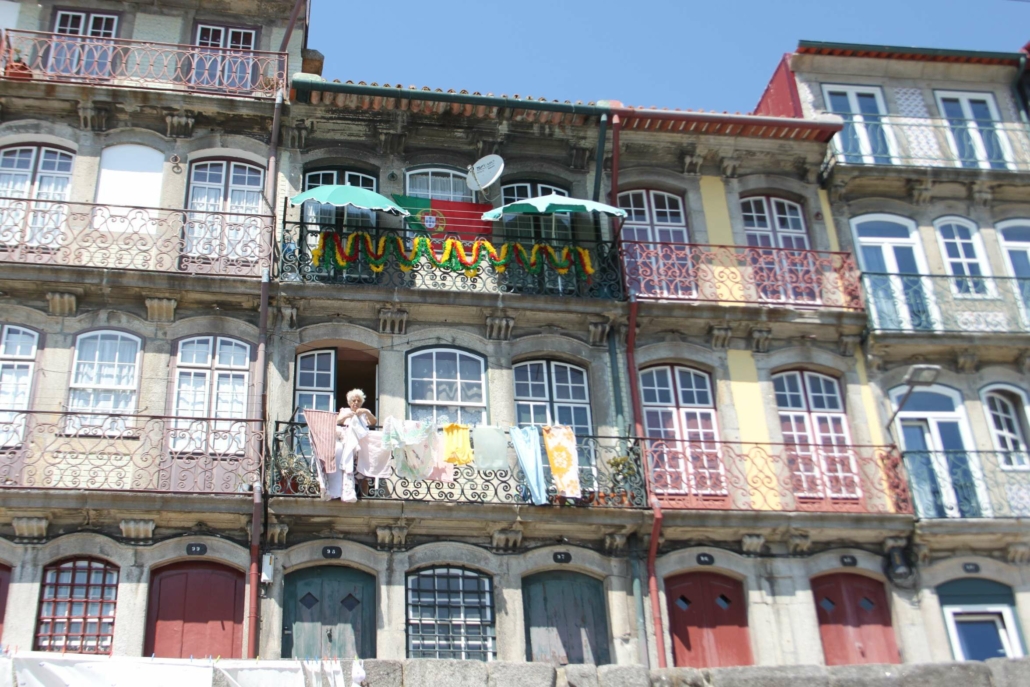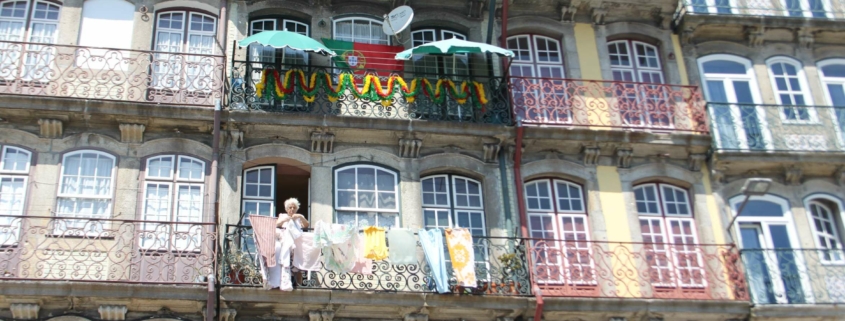Fun facts about Porto, Portugal 2019

Explore the riverside picturesque city of Porto with our charismatic guide, loved by all our clients. Porto is an intrinsic part of our best selling private Best of Portugal Tour – just let us know when you d like to come and we will create a perfect Portuguese vacation for you!
- Porto is Portugal’s second largest city, after Lisbon, and is an important Atlantic port.
- Porto is located in Northern Portugal on the Douro river estuary and follows the river up until it reaches the Atlantic Ocean.
- Typical Portuguese blue and white azulejos tiles decorate everything from churches and monasteries to palaces, houses and train stations.
- In Portuguese the name of the city is spelled “o Porto“ (with a definite article) which translates into English as ‘the port’.
- The English name of the city, Oporto, evolved from a misinterpretation of the Portuguese oral pronunciation.
- The Latin name for Porto is Portus Cale from which the country, Portugal, takes it´s name.
- Porto’s most famous export is Port Wine, to which the city gives its name.
- Porto is one of the oldest European cities, and was registered as a World Heritage Site by UNESCO in 1996, for its historic buildings and outstanding monuments.
- The first evidence of settlers emerged in the 8th century B.C., situated near the present Morro da Sé. This ancient village is known as Cividade, but unfortunately any traces left of this area were demolished in 1940.
- One of the most traditional dishes of Porto is the ‘Tripas à Moda do Porto”. In the 15thcentury, the people of Porto gave a great quantity of meat to the military forces, keeping only tripe. This is the reason why the people of Porto are called ‘Tripeiros’.
- In 1807 Porto suffered a violent invasion by Napoleon’s troops but, with the help of the British, the city banished the general. In 1809 Napoleon invaded Porto again and during these invasions the terrible Bridge of Barques disaster took place, resulting in the loss of hundreds of panic-stricken people trying to escape from French soldiers, drowning in the Douro.
- The most striking landmark of Porto is the Torre dos Clérigos (1754-1763), a baroque tower.
- Other highlights of Porto include the formidable 12thcentury Sé cathedral, the two-storied Dom Luis Bridge (1881-1887), the Crystal Palace (1865), the Serralves Museum of Contempory Art (1999) and the prominent Port wine lodges dominating the hillside of Vila Nova de Gaia.
Come and visit Porto and Portugal on one of our private Portuguese Culture, Food and Wine Tours to see the wonderful historic treasures and fascinating culture of this country, taste port wine, local foods and much, much more!

